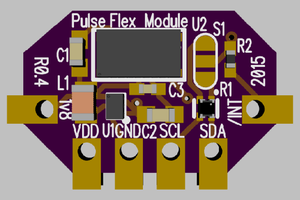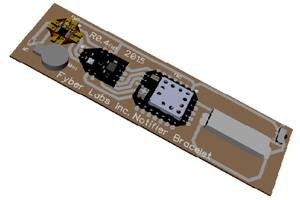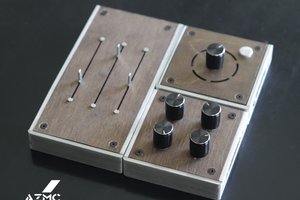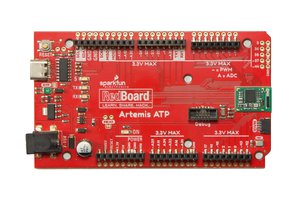Development board that involves RF module and antenna design is generally alot harder to design and commercialize, as designing RF circuit can be challenging and yet once designed you have to get your design approved (e.g. FCC) before it can enter the consumer electronics market. That's why, it's a lot easier to design with a pre-certified RF stamp module.
A stamp module contains only the bare minimal components that ensure it can be implemented by other customers easily, it's small and usually Not-For-Beginners, as there is,
- No programming circuit (e.g. USB-Serial module)
- No power regulating circuit
- No breadboard friendly 2.54 pitch pin headers
- No USB connector
However, it also means it's
- A lot CHEAPER than off-the-shelf dev board
- A lot SMALLER
- Many room to improvise
Therefore, if you think the good overweighed tha bad like I do, then this project is for you~
The main IoT stamp module used here is the same module showcased in my other project , RTL8720DN (BW16) IoT microcontroller, the IC is from Realtek, but stamp module is designed by AI-Thinker, a well-known module manufacturer based in Mainland China.
 SimonXi
SimonXi

 Chris Hamilton
Chris Hamilton

 Cole B
Cole B
You mean 5Ghz, not 5G as 5G is cellular https://en.wikipedia.org/wiki/5G